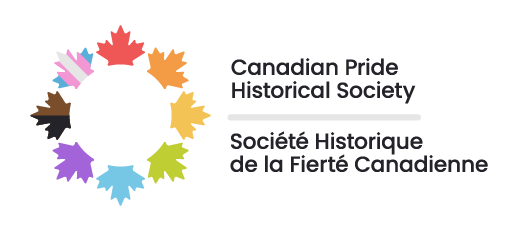Every April, National Diversity Month invites us to take stock of the many communities, cultures and identities that shape Canada. For the 2SLGBTQIA+ community, it’s a chance to dig deeper—past rainbow headlines and into the roots of who we are, where we’ve been and who’s still waiting to be seen.
Canada’s queer history has never been a monolith. It’s made up of people with intersecting identities—Indigenous, Black, immigrant, disabled, trans and more—who’ve each brought their own stories and struggles to the larger fight for recognition and rights.
Two-Spirit people, for example, held respected roles in many Indigenous nations long before colonization disrupted that balance. Their presence reminds us that gender and sexuality diversity isn’t new; what’s new is the way it’s been misunderstood, erased or boxed in by colonial systems.
In urban centres, waves of migration brought queer people from all over the world, many seeking safety, others simply searching for belonging. In Toronto’s Church-Wellesley Village or Vancouver’s Davie Street, you’ll find communities shaped not just by pride parades, but by grassroots organizing, cultural exchange and day-to-day resilience—often led by folks on the margins.
Yet, even today, the broader narrative doesn’t always reflect this diversity. Some voices are still sidelined, their stories underrepresented in archives, media and policy discussions. When we talk about progress, we need to ask: progress for whom?
That’s why National Diversity Month matters. It’s not a branding exercise or a hashtag moment. It’s an opportunity to slow down and ask: who have we overlooked? Whose stories are we preserving? Who feels safe, and who’s still fighting to be heard?
Reflection doesn’t need to be complicated. It could be as simple as learning about a lesser-known figure in 2SLGBTQIA+ history. Supporting a local group led by queer people of colour. Questioning why certain voices are consistently given the mic—and what it would look like to pass it around.
As we move through National Diversity Month, let’s make it more than a nod. Let’s use it as a prompt—to rethink whose histories we’re holding space for and to recommit to building a future that makes room for everyone. Because diversity isn’t something we add on—it’s something we uncover, recognize and actively honour.







